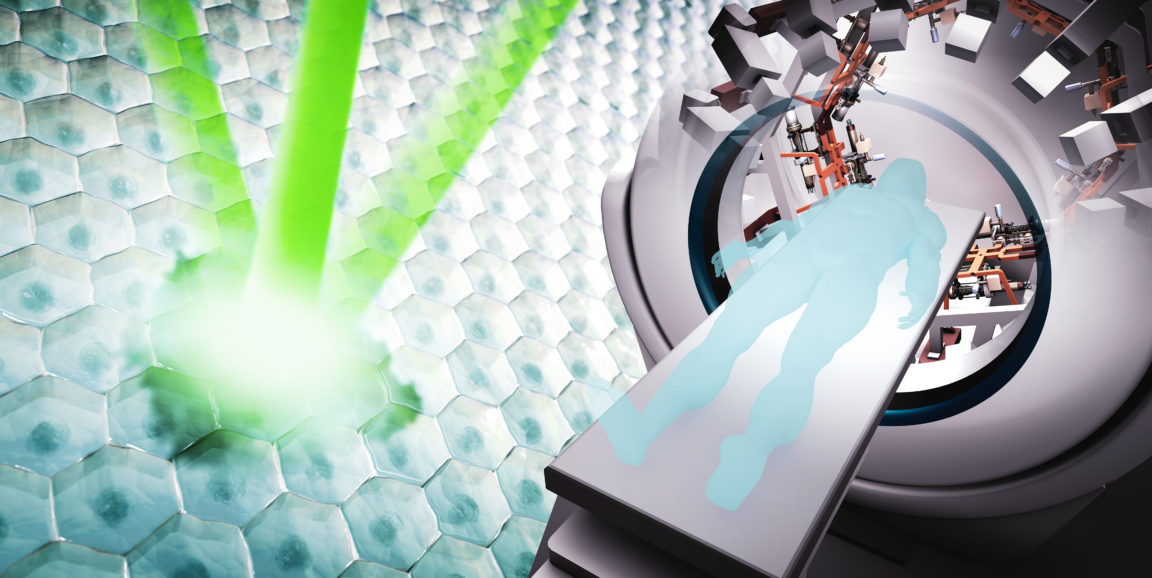As a cancer survivor, I know radiation therapy lasting minutes can seem much longer as you lie on the patient bed trying not to move. Future accelerator technology may turn these dreaded minutes into a fraction of a second due to new funding.
Stanford University and SLAC National Accelerator Laboratory are teaming up to develop a faster and more precise way to deliver X-rays or protons, quickly zapping cancer cells before their surrounding organs can move. This will likely reduce treatment side effects by minimizing damage to healthy tissue.
“Delivering the radiation dose of an entire therapy session with a single flash lasting less than a second would be the ultimate way of managing the constant motion of organs and tissues, and a major advance compared with methods we’re using today,” said Billy Loo, MD, PhD, an associate professor of radiation oncology at Stanford, in a recent SLAC news release.
Currently, most radiation therapy systems work by accelerating electrons through a meter-long tube using radiofrequency fields that travel in the same direction. These electrons then collide with a heavy metal target to convert their energy into high energy X-rays, which are sharply focused and delivered to the tumors.
Now, researchers are developing a new way to more powerfully accelerate the electrons. The key element of the project, called PHASER, is a prototype accelerator component (shown in bronze in this video) that delivers hundreds of times more power than the standard device.
In addition, the researchers are developing a similar device for proton therapy. Although less common than X-rays, protons are sometimes used to kill tumors and are expected to have fewer side effects particularly in sensitive areas like the brain. That’s because protons enter the body at a low energy and release most of that energy at the tumor site, minimizing radiation dose to the healthy tissue as the particles exit the body.
However, proton therapy currently requires large and complex facilities. The Stanford and SLAC team hopes to increase availability by designing a compact, power-efficient and economical proton therapy system that can be used in a clinical setting.
In addition to being faster and possibly more accessible, animal studies indicate that these new X-ray and proton technologies may be more effective.
“We’ve seen in mice that healthy cells suffer less damage when we apply the radiation dose very quickly, and yet the tumor-killing is equal or even a little better than that of a conventional longer exposure,” Loo said in the release. “If the results hold for humans, it would be a whole new paradigm for the field of radiation therapy.”
Image by Greg Stewart/SLAC National Accelerator Laboratory




